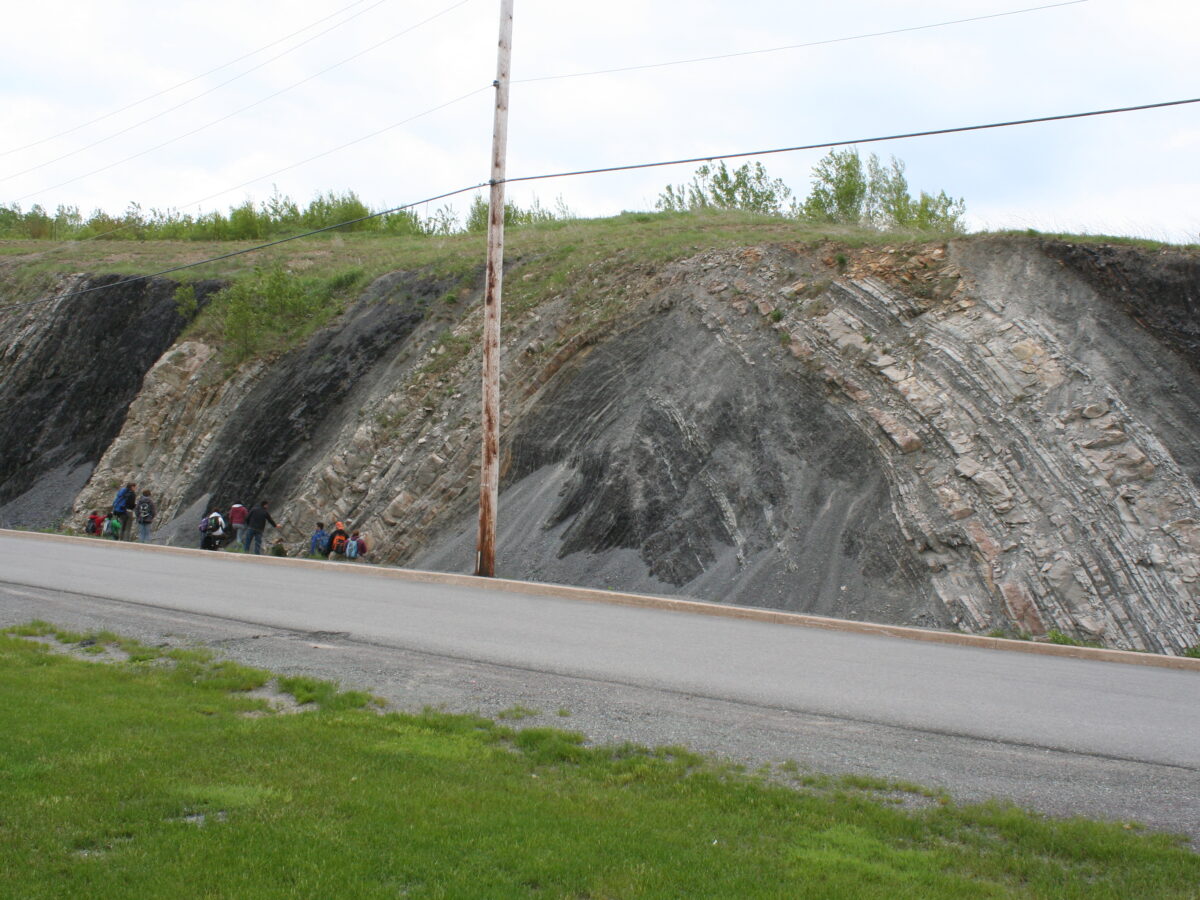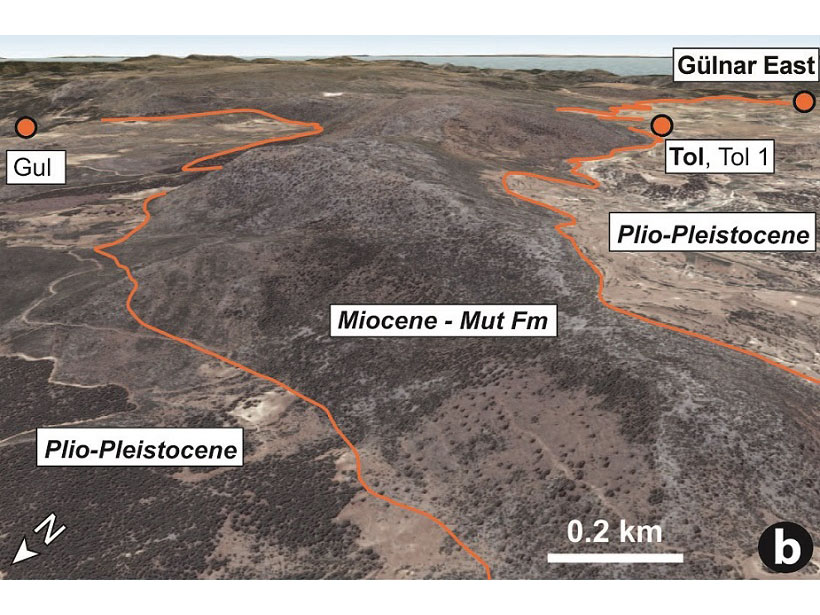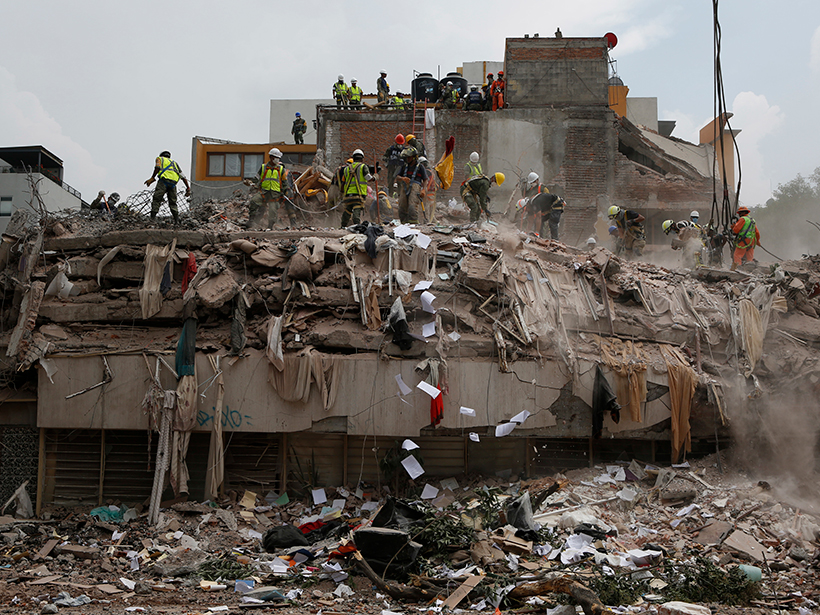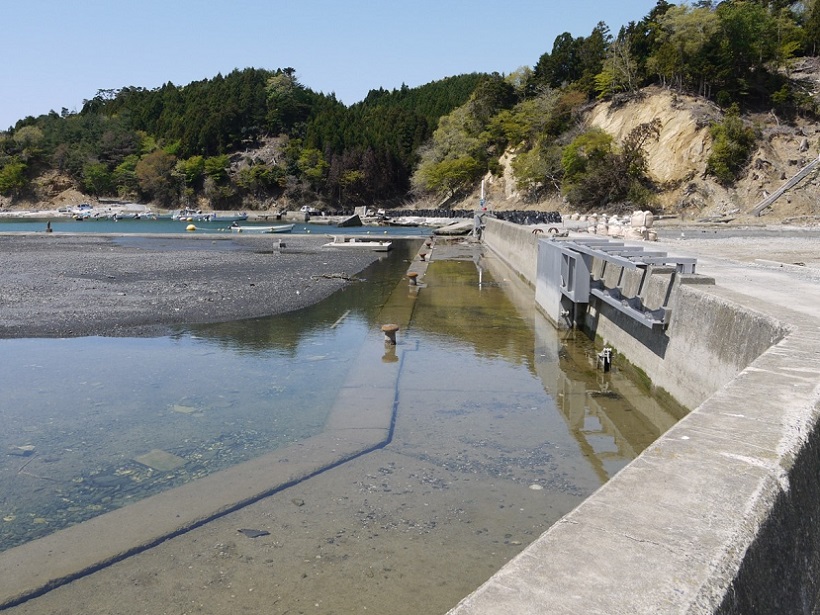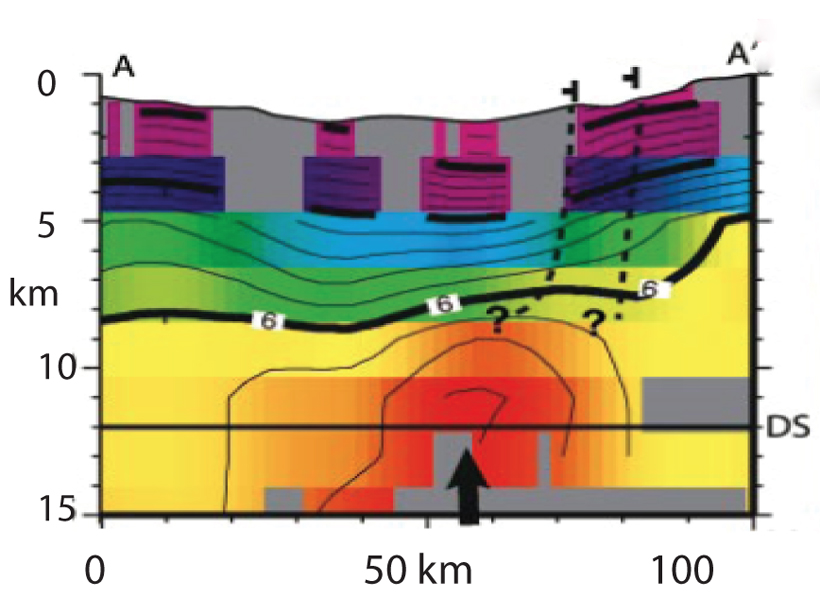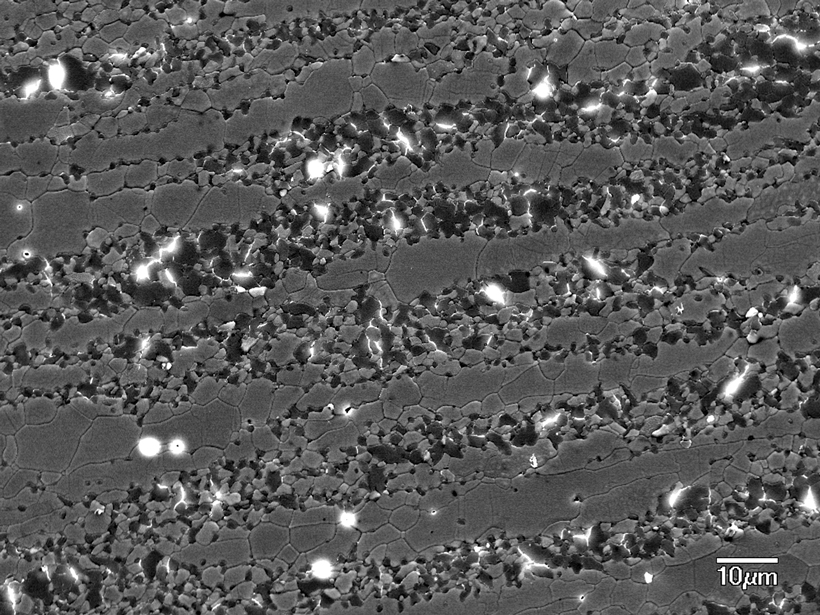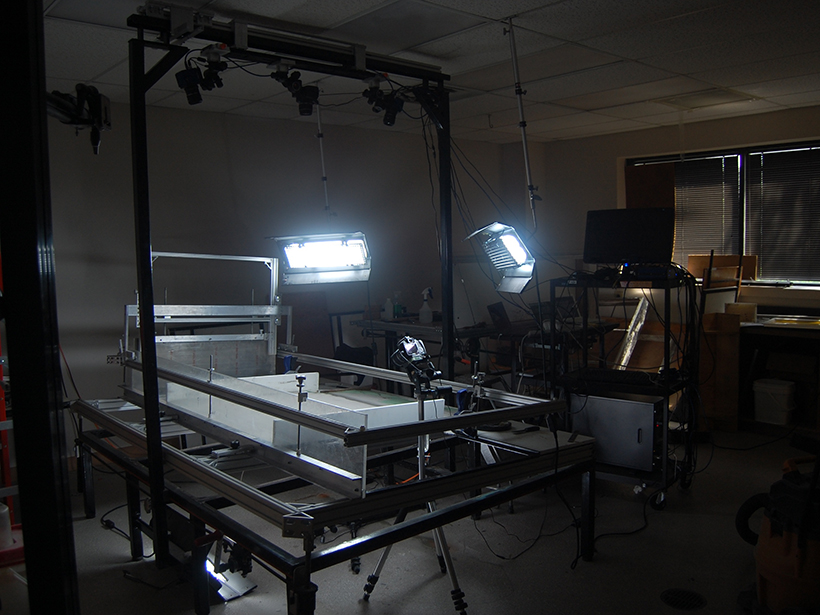A new model simulates how faulting and folding deep in Earth’s crust shape the way rocks fold and cause earthquakes.
plate tectonics
Widespread Mantle Upwelling Beneath Oceanic Transform Faults
A global characterization of mantle flow patterns beneath active oceanic transforms suggests pervasive upwelling stabilizes divergent plate boundaries by warming and weakening these enigmatic features.
Tracking Deep-Earth Processes from Rapid Topographic Changes
Rapid elevation-rise in Turkey, tracked by marine sediments that now sit at 1.5 km in elevation, is linked to deep-Earth processes that can explain short-lived, extreme rates of topographic change.
Were Mexico’s September Quakes Chance or a Chain Reaction?
Last year, two major earthquakes—one 12 days after the first—shook Mexico. New analysis blames this very unlikely event on chance. But one of the pair may have triggered a third large nearby temblor.
Modeling Megathrust Zones
A recent paper in Review of Geophysics built a unifying model to predict the surface characteristics of large earthquakes.
Scientists Create Catalog of Altotiberina Fault in Italy
More than 37,000 small earthquakes paint a picture of the fault’s behavior and seismic potential.
The Many Magmatic Modifications to the African Continent
How the very slow moving African Continent, with a lithosphere of quite varied age elements and thickness, has responded to ongoing asthenospheric modification.
Probing the Grain-Scale Processes That Drive Plate Tectonics
New experimental data suggest that rock composition may play a critical role in forming and perpetuating shear zones.
Analog Modeling Recreates Millions of Years in a Few Hours
Second Workshop on Analog Modeling of Tectonic Processes; Austin, Texas, 17–19 May 2017
Seafloor Activity Sheds Light on Plate Tectonics
Scientists in Japan study stress released by oceanic earthquakes in newborn sections of seafloor.

